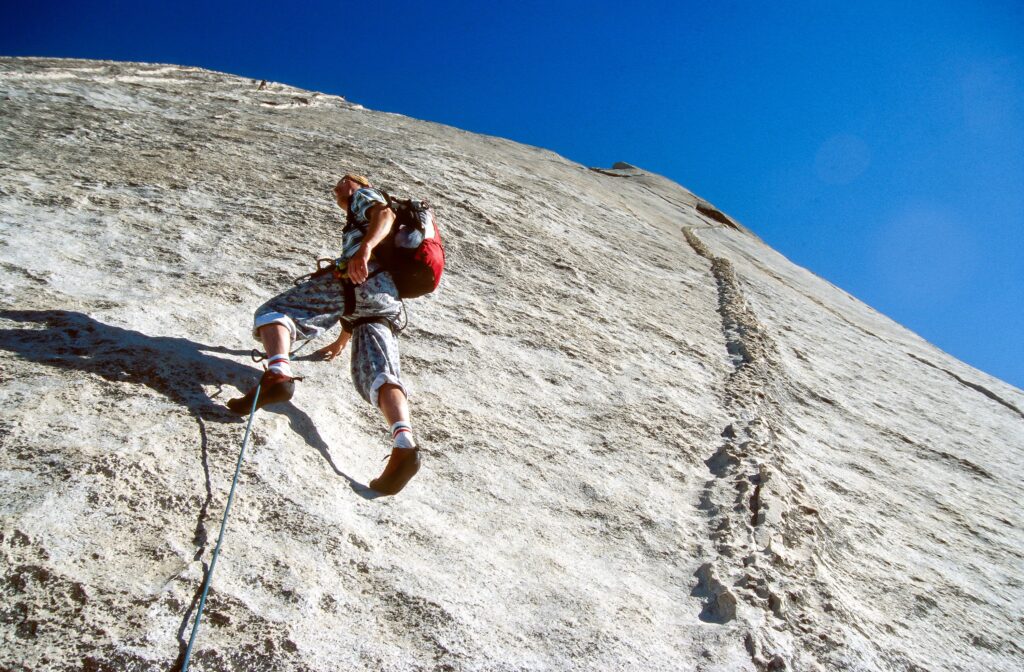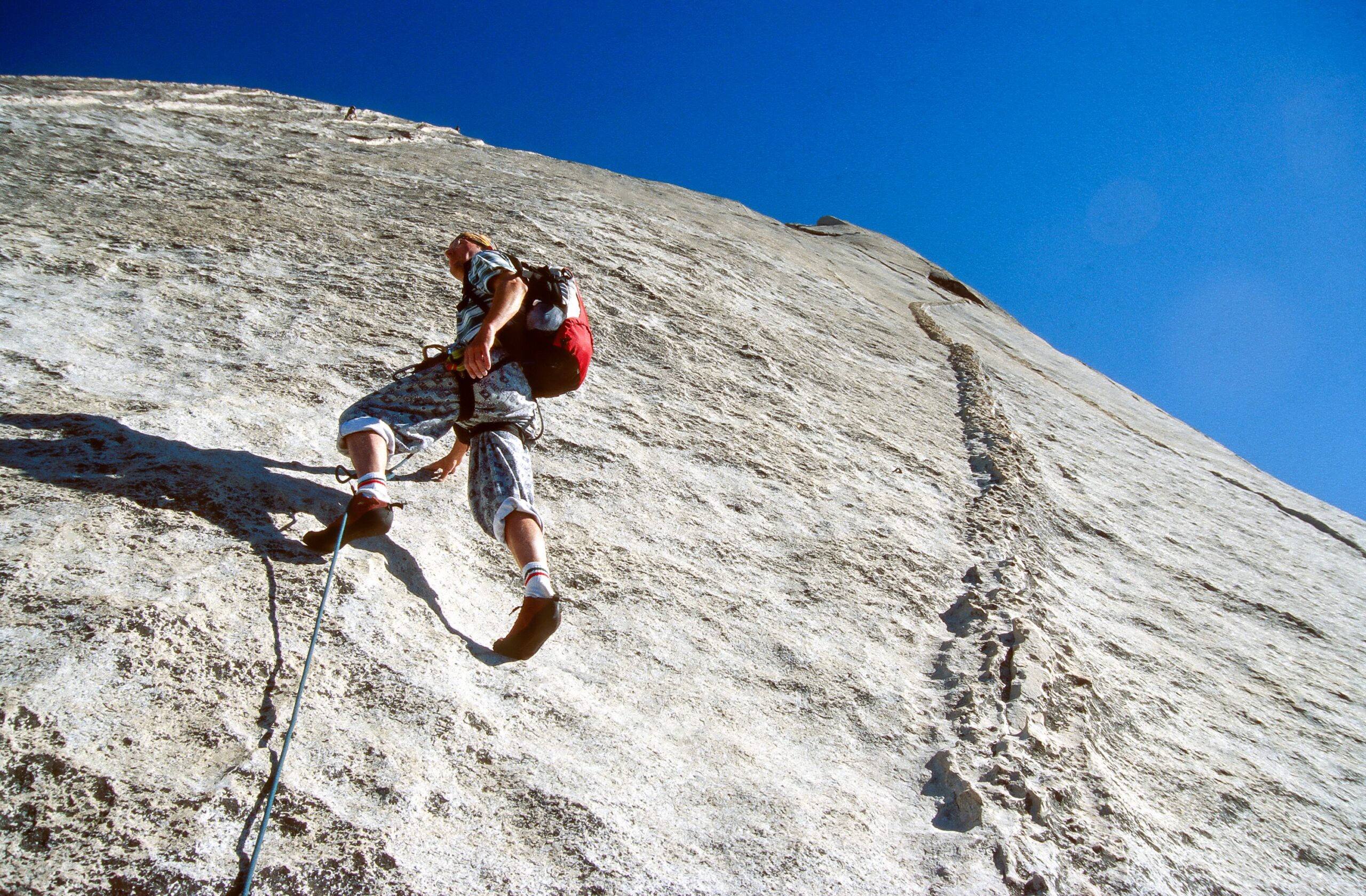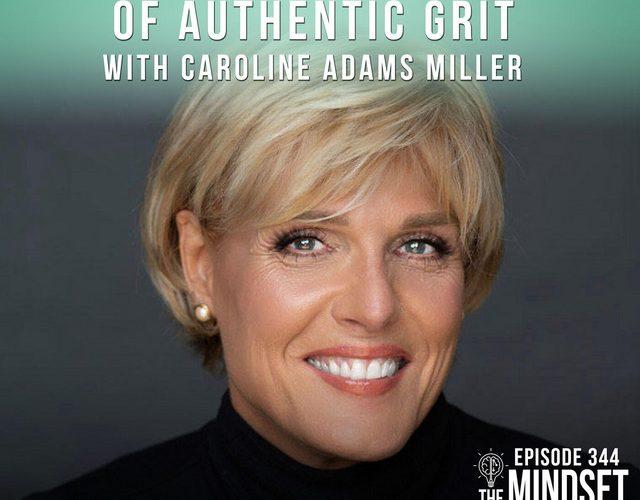By Matt Crossman
The weather changed in an instant. I was driving with my wife and two daughters across Kansas on the way to Colorado for a family vacation-slash-assignment I called “He Thrills, They Chill.” The idea was that I would go off on crazy adventures while they had more low-key fun. Little did I know that the adventure would start before we even got to Colorado.
“Is that a storm, Dad?” one of my daughters asked, pointing ahead and to the right of our rented minivan (don’t be jealous). We had just returned to the highway after stopping for gas. The sky was clear when I filled up. Now it was ominous. “Looks like it,” I said.
On the left, there was another dark cloud. For the moment, at least, the sky straight ahead of us was clear. My daughter opened the weather app on my phone. It didn’t say anything about a storm. The clouds on the right and left moved closer to each other. She opened the weather app again a few minutes later, and it said we were headed straight for hail and 70 mile per hour wind and that we should seek shelter immediately.

Photo by Christoph Deinet on Unsplash
I looked right and left. All I could see was farmland—no buildings, no roads, no people. Even if we wanted to seek shelter, there wasn’t any to be found.
I looked out the windshield. To the right, a huge storm. To the left, another storm. Straight ahead, the highway led to a small tunnel of light, between those two storms. But that tunnel was closing, closing, ever closing. Soon it was gone.
We had no choice but to drive straight through it.
Within a few minutes, driving rain lashed against my windshield. The excited chatter that had filled the car for hours trickled to silence, replaced by the droning beat of the rain. I squeezed the wheel and slowed down in order to see enough of the road to drive safely.
Doesn’t that sound like the last six months? Since the pandemic began in March, we’ve all driven straight into the biggest storm of our lives. We’ve all had to slow down to navigate an unpredictable collision of fear and anxiety. And we’re going to have to keep enduring for the foreseeable future, because we’re still in the middle of the storm. To keep enduring, we need grit.
For help understanding how to get this elusive and important trait, I called Caroline Miller, author of Getting Grit: The Evidence-Based Approach to Cultivating Passion, Perseverance, and Purpose.
“It couldn’t be more important right now,” says Miller, who has also written books about goal setting and positive psychology and a memoir about battling bulimia. “If you don’t have this character strength, it’s time to learn it.”
The bad news is the only way to learn to endure hard things is to go through them. Now’s your chance: You have to go through this particular hard thing whether you want to or not. “The question I’m asking all my clients is, ‘What if this coronavirus pandemic was happening for you and not to you?’” Miller says. “The reason why that’s so important is because people with grit make meaning of the setbacks in their life. They don’t see them as end games or speed bumps that have to derail them. They look at them as stepping stones to become tougher, better, more resilient.”
In researching and writing Getting Grit, Miller discovered four truths that are especially helpful now:
1. It’s not about you. “There is good grit, and there’s bad grit. I call good grit authentic grit. Authentic grit is the passionate pursuit of hard goals outside your comfort zone that involve taking risk and in the process awe and inspire other people to live their best lives,” she said.
2. People who have grit also have humility. They are flexible enough to try new things and humble enough to admit that they have to.
3. A person with grit knows and applies the difference between performance goals and learning goals. Miller has done pioneering research in goal setting, and says grit is inseparable from goal setting. She says the distinction between performance and learning goals is especially important now. For many (if not all) solopreneurs, performance goals set early this year are essentially useless. The market has changed, the economy has changed, the way we interact has changed. Our goals, and how we try to reach them, should, too. “You can’t just do what you did last year, and just do it more or harder,” she said. “That’s goals gone wild.” She suggests replacing a performance goal with a learning goal, such as learning to make sales over Zoom.
4. Grit requires the ability to embrace delayed gratification. That’s not a well-developed skill in modern culture. We want success, and we want it now. Miller suggested developing a mantra of sorts—maybe it’s a snippet of a song, a piece of Scripture, or a motivational quote—to recite to yourself when times get tough. She described one of her clients who constantly asks herself, “But what if I did?” That flashes the client forward into the future, when she has already successfully completed whatever task she is doubting herself about.
I did that, in a sense, as I drove into that storm. I developed a mantra in long-distance bike riding and hiking that I use when I’m tired or bored or just want to stop: “I can go one more mile.”
That proved helpful in the minivan. The weather report lined up with the highway we were on. It said the storm would be between two particular mile markers at a particular time. The time and place lined up with our path.
We passed the first mile marker, and the second, and with each one after that, I thought, This is horrible, but I can go one more mile. Granted, I didn’t have much choice. There were no exits to pull off of, even if I wanted to take one, which I didn’t.
I briefly considered stopping on the side of the highway. But my guess was that if we stopped, we’d get slammed by the storm for sure, and that if we kept going, we might miss the worst of it.
I was half right. We didn’t miss the storm entirely, but we missed the hail and 70 mile an hour wind. But not by much. We saw two semi-trucks blown over, and hard rain pounded our windshield for 30 minutes. Then the sun came out again.
This post originally appeared at success.com




